You Woke Up Too Early
When you've been waiting since last season for the first day of the new one to begin, the last thing you want to do is stay in bed. However, if your sights are set on arrowing a mature whitetail buck maybe you should sleep in. Here's why?
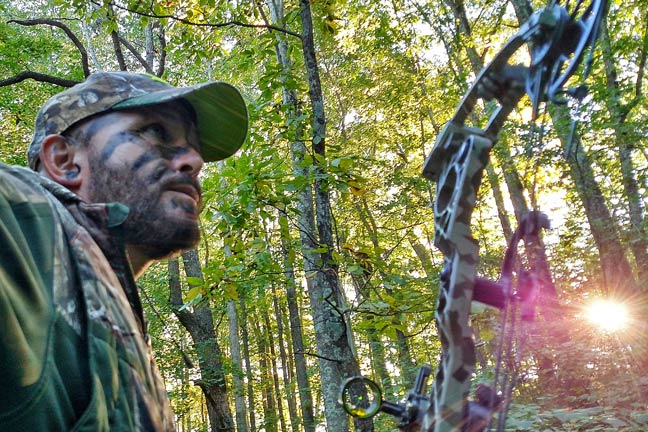
Applying unnecessary hunting pressure during early season only increases the chances of spooking the buck you are hunting and ruining your hunting area before the rut even begins.
The safer tactic would be to pattern your target buck on an evening food source to predict where and when he will be feeding. Focusing on evening hunts will keep pressure at a minimum and let you catch a few more hours of sleep. Of course, you also have to get in and out of the hunting area undetected.
You Forgot About the Bugs
Can bugs really disrupt your chances of whitetail success? Sure they can. If your time in the treestand is spent swatting at pesky gnats and flies then you're just asking to be spotted by the keen eyes of a whitetail.
This is especially true when you are dealing with large, adult does. The wise, old ones that usually pass by your location before the older-class bucks show up.
Old does are notorious for busting even the most docile hunters and they do it with ease. So, it only makes sense that you can't spend your day flailing your arms in an effort to survive an onslaught of pesky insects.
The good news is that technology offers a simple solution to this dilemma. It's called ThermaCell and it is the most effective way to rid your personal space of unwanted bugs. Even better, the ThermaCell unit is completely odorless so you don't have to worry about counteracting your other scent-control measures.
You can sit motionless until the time is right to send an arrow downrange into the chest of a trophy buck.
You Dismissed Scent Control
The early season is typically accompanied with high temperatures and that means you are going to work up a sweat no matter what you do.
This is even more evident while walking to your stand. More sweat will translate into more game spooking bacteria and odor. Therefore, it is imperative that your scent reduction efforts be on point during this time. That means keeping not only your hunting gear washed and clean but also your body and breath.
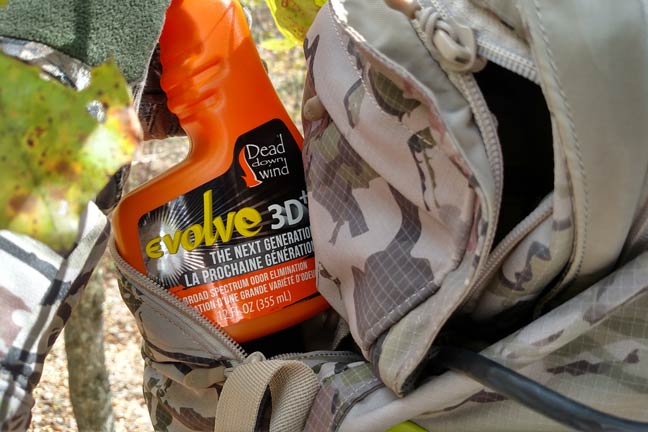
When it comes to personal scent control I typically use chlorophyll tablets to combat internal odors. I have taken them for several years during hunting season and have found chlorophyll to be completely safe and effective. When combined with my daily use of scent-free soap (not just before the hunt), I can really knock my odor levels to a minimum even on those hot days of the season.
You Didn't Do Enough Situational Practice
When it comes time to dust off the bow and start shooting in preparation of the upcoming season a lot of folks head to the back yard. And that's fine. The back lawn is the perfect place to get reacquainted with your gear and make sure everything is in working order.
However, once sight pins have been set and shooting strength is regained, the back-yard target sessions should end. In their place should be something that will better match the conditions you will face while hunting.
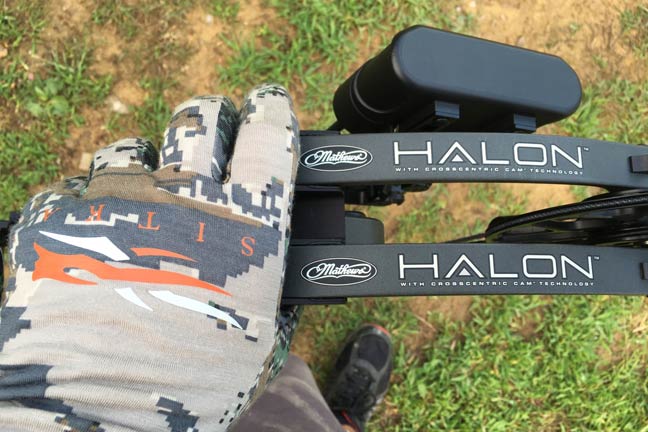
For most bowhunters this means elevated shooting. After all, what good does it do to practice flat-footed in the yard when your next shot at a whitetail buck will likely come from 20 feet above the ground? The answer is it does you no good.
Every bowhunter should immerse themselves in what I call "situational" practice.
In other words, if you're a treestand hunter then do a good deal of practice shooting from an elevated position. If you're a spot and stalk hunter then you should be shooting over uneven terrain at unknown distances. Likewise, ground blind hunters would greatly benefit from practicing from a seated position and shooting out of the actual blind they plan to hunt from.
You Didn't Range Your Shot
Like most deer hunters across the country your early season shot will likely take place across an open food plot or agricultural field. Open space has a unique way of tricking the eyes into believing the shot is closer/farther away than it really is.
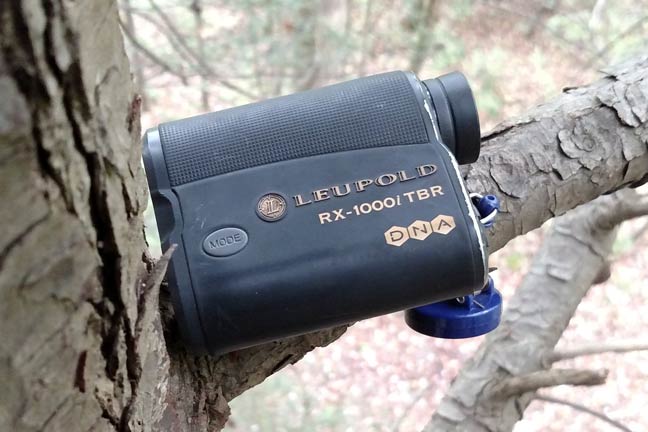
During your practice sessions, take a quick second to range the shot before drawing back your bow. Or, at the very least, have a number of pre-ranged landmarks you can reference when trying to determine shooting distance. This small but valuable discipline will pay off during season.
You Neglected Pre-Season Scouting
It's easy to get caught up in the type of pre-season planning that has nothing to do with whitetail deer behavior. Gear, conditioning and shooting can take up a lot of time and in the process scouting gets pushed to the back burner. That's a mistake; especially in the early season.
The reason scouting is so important during late summer is because you will be relying on the whitetails urge to feed to fill your tag. You will also be working with a limited amount of daylight in which to encounter a shooter buck.
If you haven't done your homework and scouted before opening day then you are likely going to be playing catch up when the season starts. With no knowledge of travel routes and food sources the odds are high you will bump the very deer you are trying to find. Snooping around the woods for a decent stand location during the early season is a great way to ruin your season.
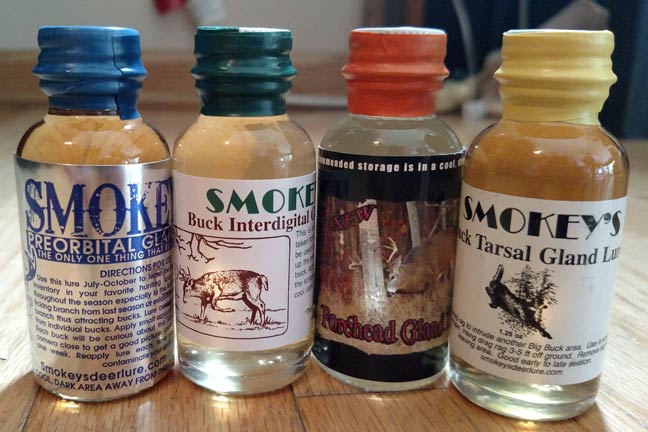
Effective scouting can be done in many ways depending on the type of area you are hunting. There is a vast difference between scouting and hunting agricultural food plots and trying to locate a shooter buck in heavily timbered areas.
The bottom line is, understand what type of scouting you need to do and how to determine the early season behavior of the whitetail in your area. Only then will you be ready to tackle the task of filling an early season whitetail tag.
You Have No Idea What the Favored Food Source Is
Unlike the rut, when bucks are prone to be anywhere at any time, the early season is ruled by one factor — food. Outside of the rut a mature buck will never be as vulnerable (or visible) as he will be during early season.
No hunting pressure and a need to feed has left the deer in a lackadaisical state of mind.
The best way to capitalize on this fleeting condition is to know what the deer are feeding on and when. However, special care must be given not to disrupt their daily routine with your scouting efforts. Otherwise it's game over.
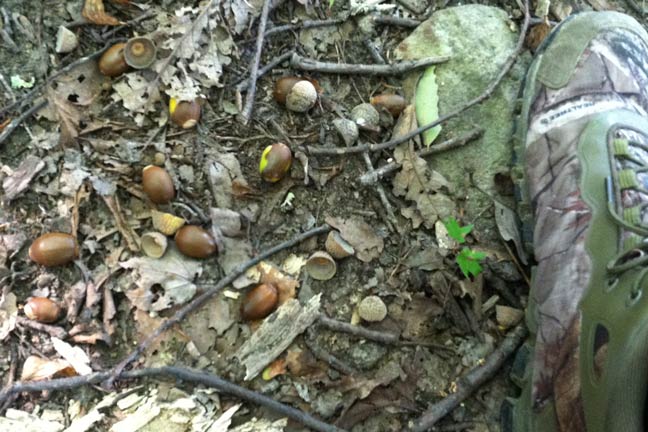
This can be accomplished in agricultural settings by glassing bucks from afar during the last hours of daylight. However, if you're hunting in a mountainous backdrop then the odds are stacked against you. The use of game cameras becomes even more important as well as how and when you check them.
The bottom line is no matter where you're hunting, if you're hunting during the early season then you must find the food. Do that and the bucks will find you.
You Hunted On Top of the Food Source
So, you located the groceries and you hung your treestand right over them. That's fine if all you want is some meat for the freezer because that is likely what you are going to end up with.
Mature bucks will be the last deer to enter the field or visit an acorn-spewing oak tree in the early-season. Most mature buck movement occurs under the cover of darkness.
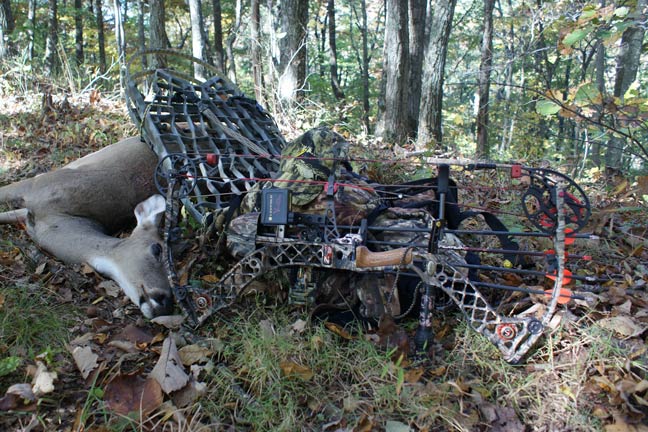
The best strategy is to move back from the food source (50-75 yards) and locate the travel routes that deer are using to access it. This will increase your chances of seeing that shooter buck when there's enough light left to make the shot.
The key to making this strategy work will be your ability to remain undetected as a number of younger bucks, does and yearlings make their way past your stand site. Do that and you just might encounter that early season, nocturnal buck.
You Have No Entry or Exit Routes
The best stand location in the world won't do you any good if you can't get to it without disturbing the deer you are hunting. This is true no matter what phase of the season it is.
However, during the early season it is important to know how to exit your stand site without spooking deer.
The reason an exit strategy is so important is because every time you hunt an area you educate the deer. If you're hunting over an early season food plot or agricultural field and every deer but the one you want walks by you've got to get out of the area undetected.
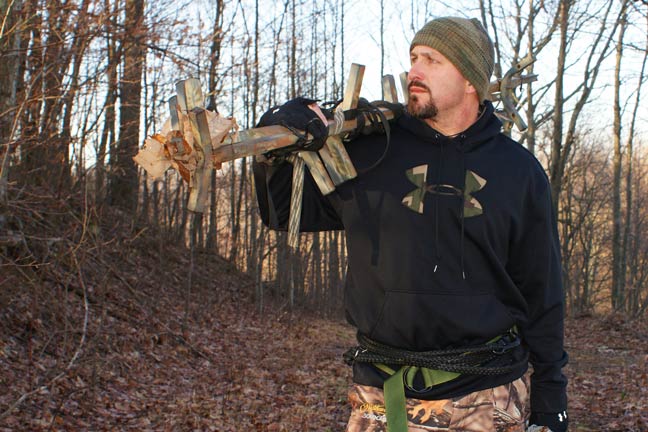
Otherwise, you will tip your hand to the ones that did show up and the next time they decide to visit that feeding location they will be even more cautious. And their actions will undoubtedly alert any mature bucks in the area that something simply isn't right.
If you can't find a low-key exit route then perhaps you should consider having someone drive in and pick you up after dark.
Sure, this will send the deer running but the damage will be minimal compared to them watching you slither down a tree like the boogie man and enter the field they are feeding in.
Another option is the use of a predator call to clear the field of feeding deer. Yes, it's going to spook some deer but they won't equate it with a human threat and that can buy you a little more time to fill your tag.
You Checked Your Trail Cameras Too Often
There is nothing quite like retrieving the SD card from your game cameras and finding a photo of that buck you've dreamed about all year. And, once that happens, it's almost impossible to fight the urge to go back to your trail camera every chance you get.
That's a mistake.
You've got to resist frequently checking your camera no matter how bad you want to. The deer haven't experienced much contact with humans during the off-season and they will easily notice any change in their environment.
Limit trail camera checks to several weeks apart or during a rain when the odds are low of leaving scent and bumping deer going or coming to your camera. If you can't do that then maybe a cellular unit is better suited for you. This will allow you to monitor your camera without ever stepping foot near it. Overall, cellular is the best low-impact option but might not be available to everyone. If that's the case then self-control is the next best thing.
You Hunted With Your Old Arrow Nocks
Slapping arrows all summer is a great thing and will build shooting confidence like nothing else. However, if you want that accuracy to carry over into the hunting season then you need to swap out those old nocks with a set of fresh, new ones before heading to the treestand.
Arrow nocks take a lot of abuse over the course of a summer and even though you might not be able to see it with the naked eye, there is always the chance that a nock or two is bent or damaged enough to throw your shot off. This is especially true when shooting at further distances under the stress of a live-animal shot.

Also, consider that you might not even notice a difference in accuracy when shooting field-points. However, broadheads can have a mind of their own and when you throw in a nock that doesn't sit just right you're asking for something bad to happen. Murphy's Law is always waiting to strike. Even if that means using something as insignificant as an arrow nock.
You Didn't Test-Shoot Your Broadheads
Speaking of broadheads, it should be common practice to never enter the woods without having first shot the head you plan to hunt with. It's just the ethical thing to do.
Furthermore, if you've never experimented with different broadheads, you might be amazed at the differences in flight that various broadheads will deliver.
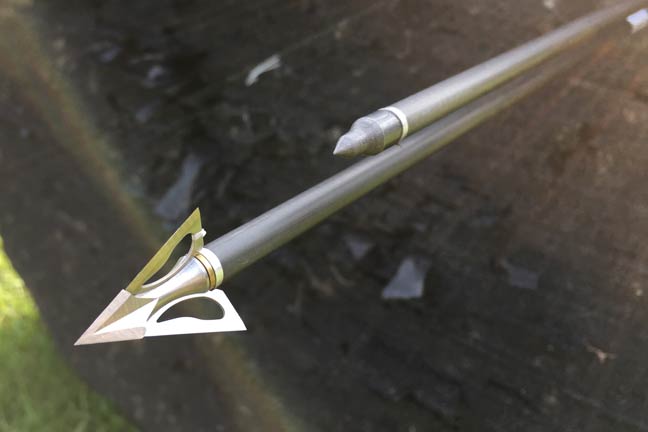
Sometimes the bow is the problem and sometimes it is the broadhead. The only way to know is to test the broadhead you plan to hunt with using a well-tuned bow. And don't make the mistake of thinking that just because you are shooting a mechanical broadhead that you don't need to test it.
I have shot plenty of mechanical heads that did not fly "just like my field points." Sure, the adjustments for accuracy were smaller when compared to a good number of fixed-blade broadheads but the fact still remains that they were not "field-point" accurate.
Conclusion
It's the start of a new season. New hopes and dreams weigh in the balance and every decision you make will either bring you one step closer to them or one step further away.
没有评论:
发表评论